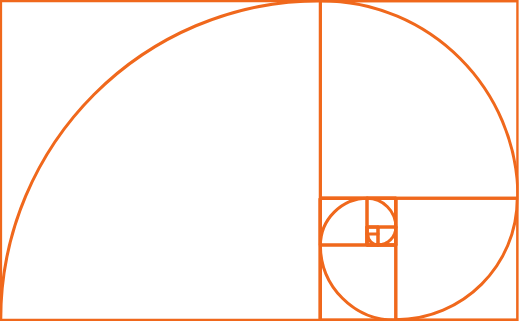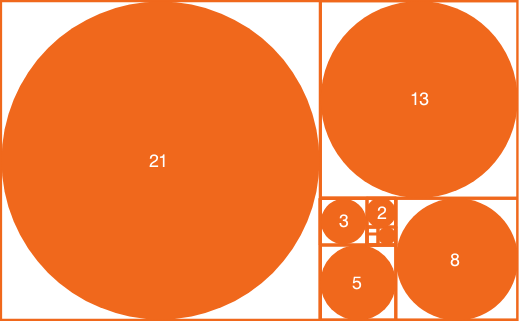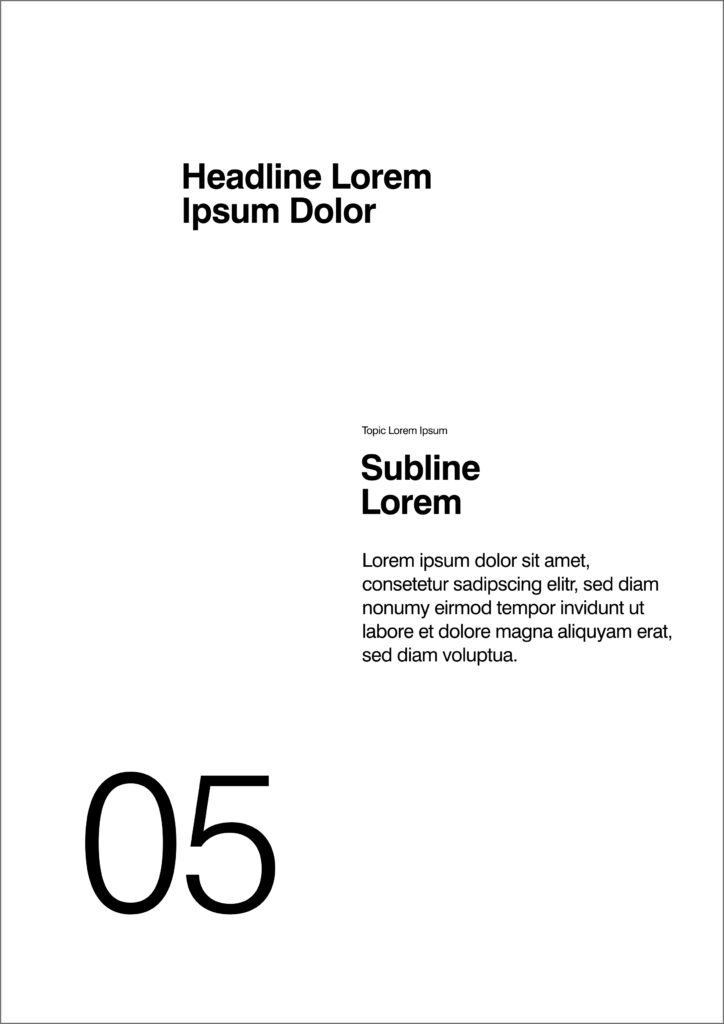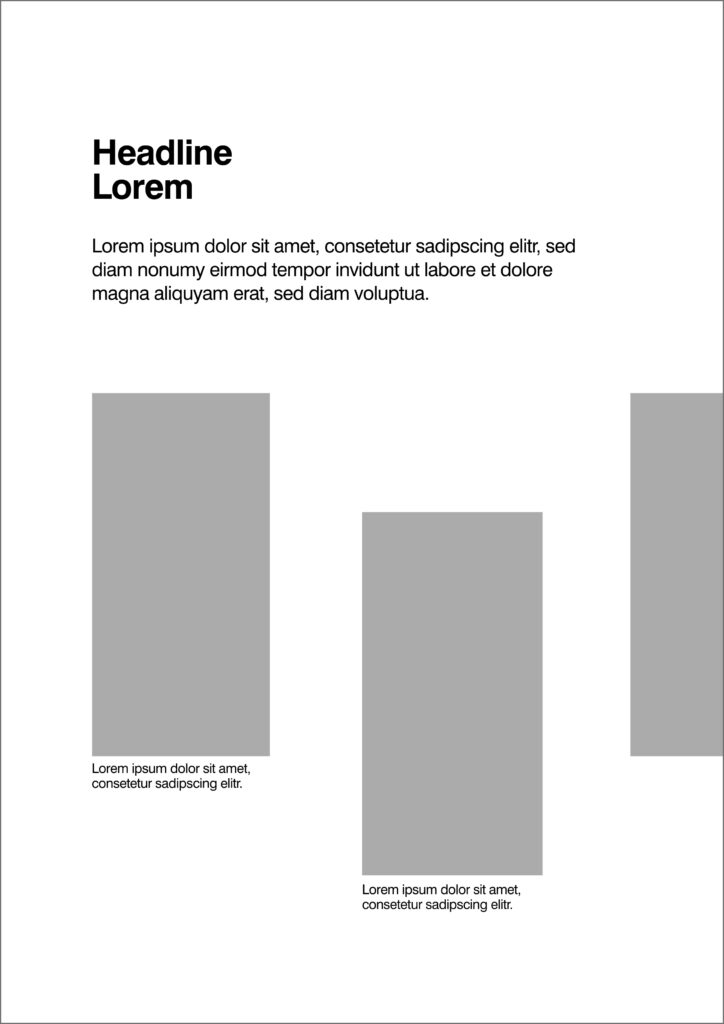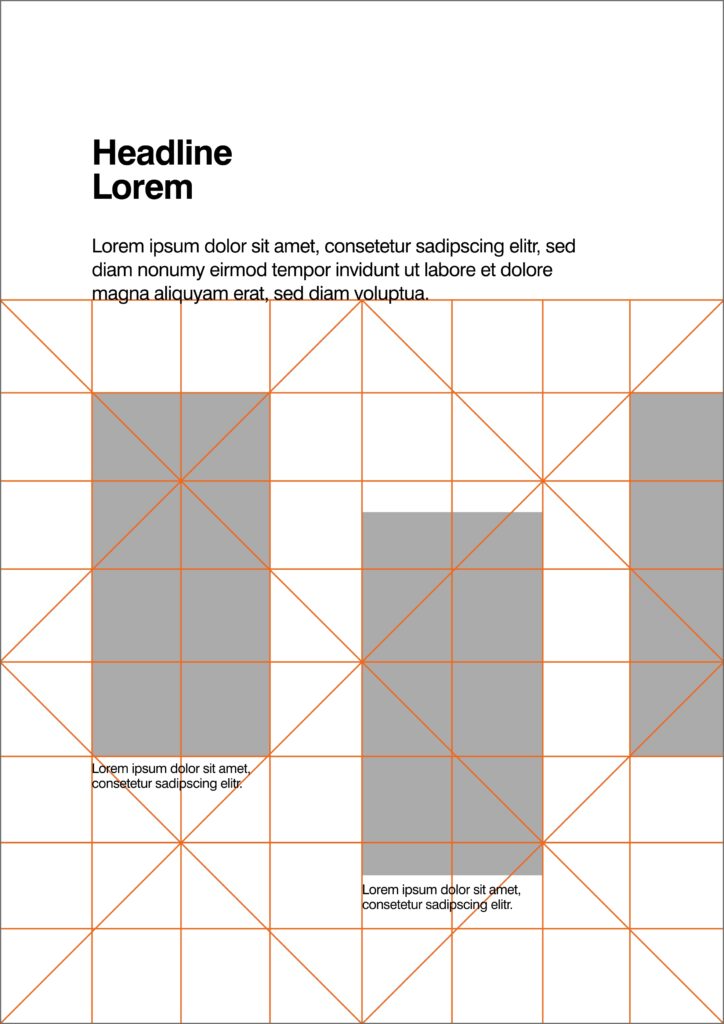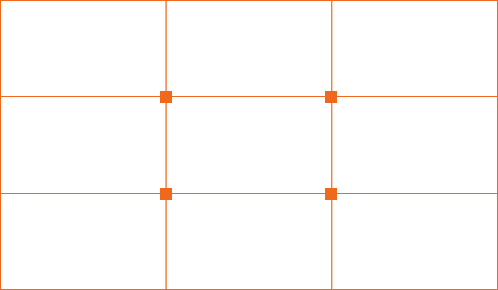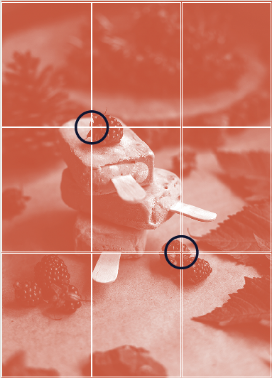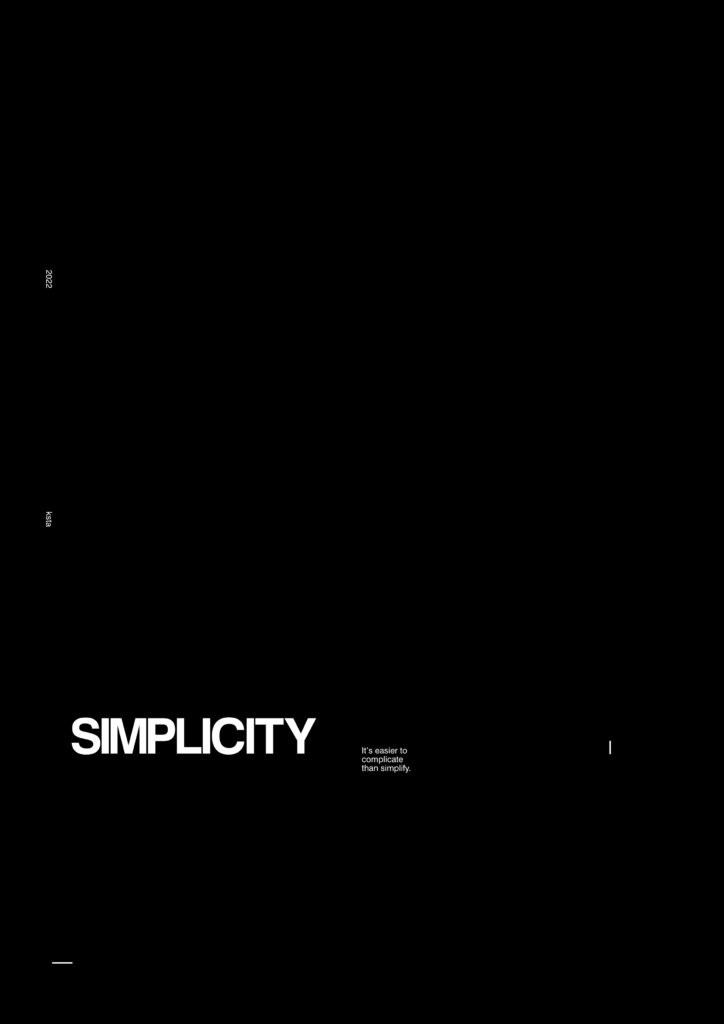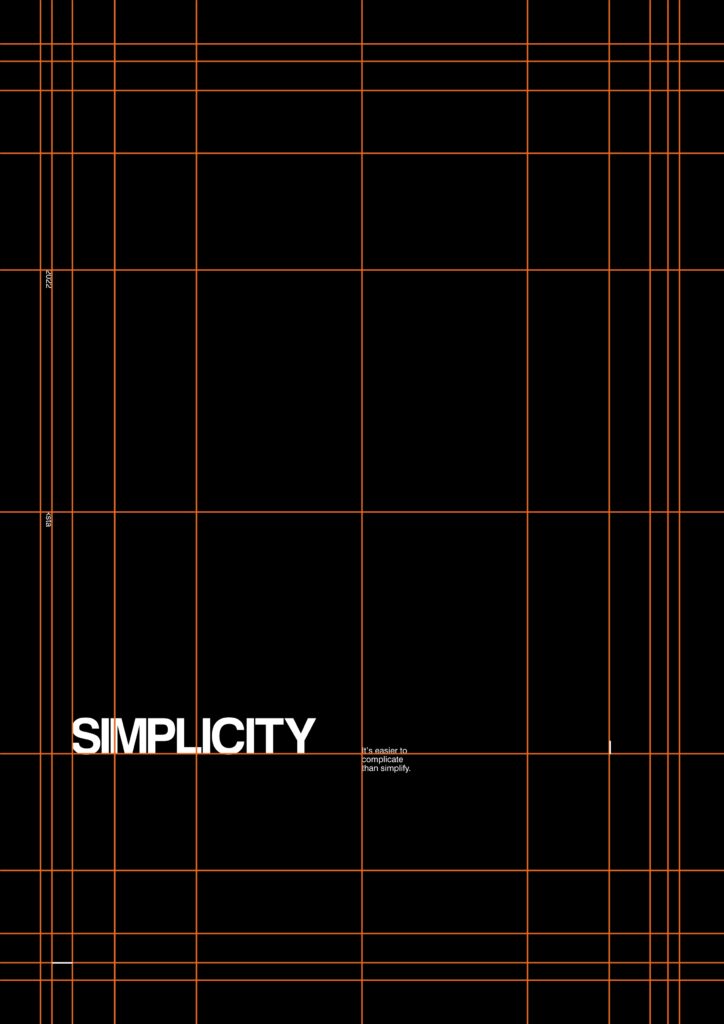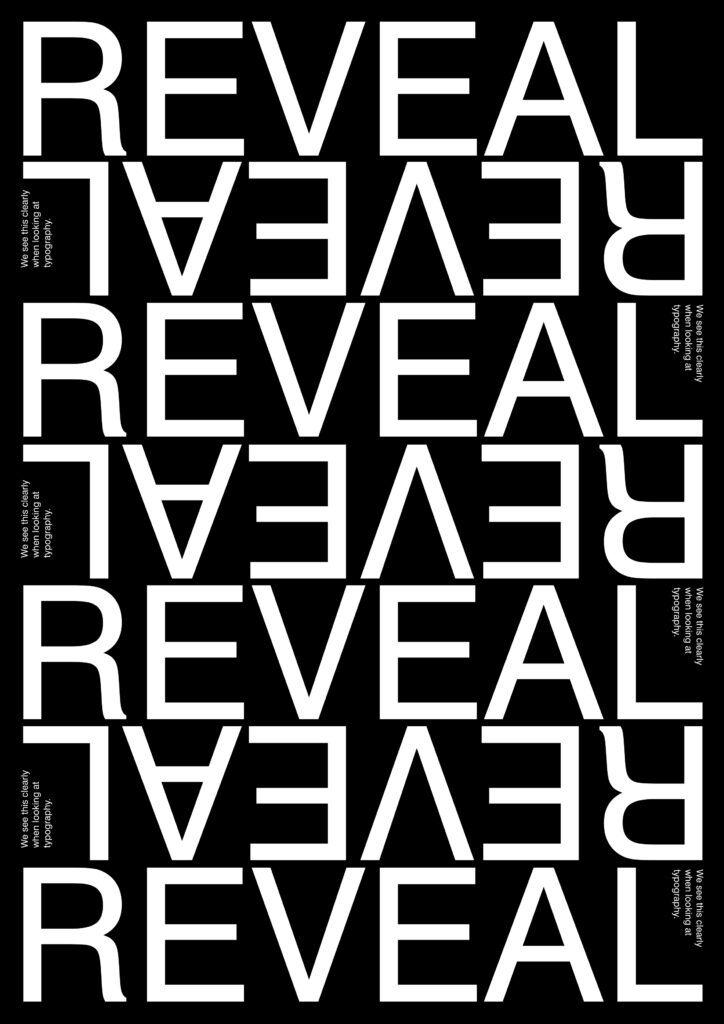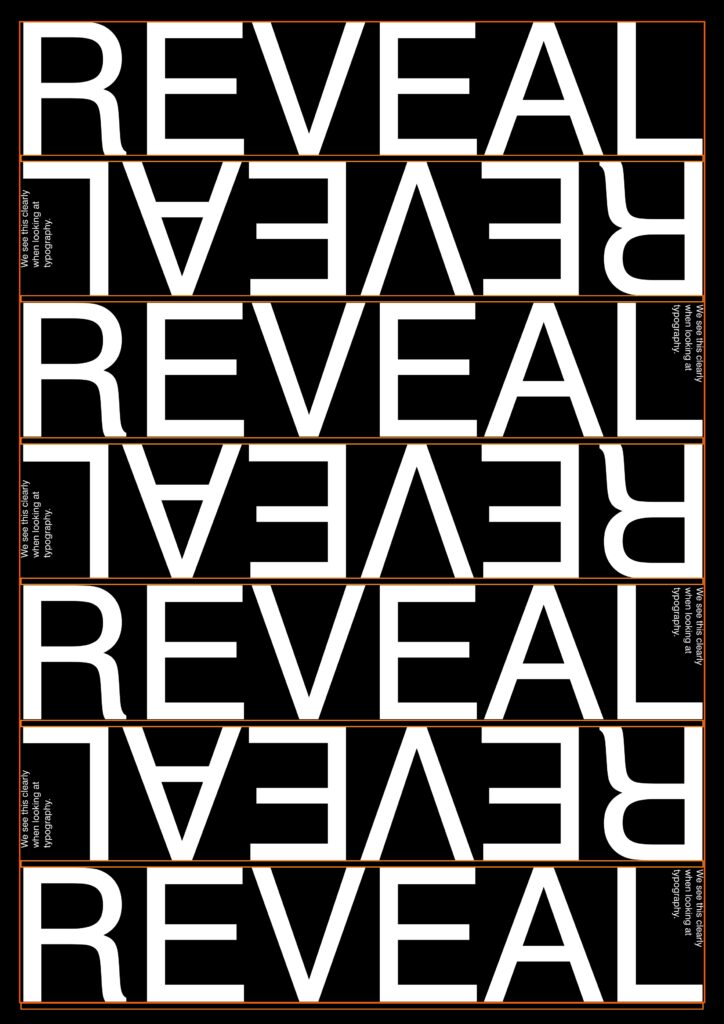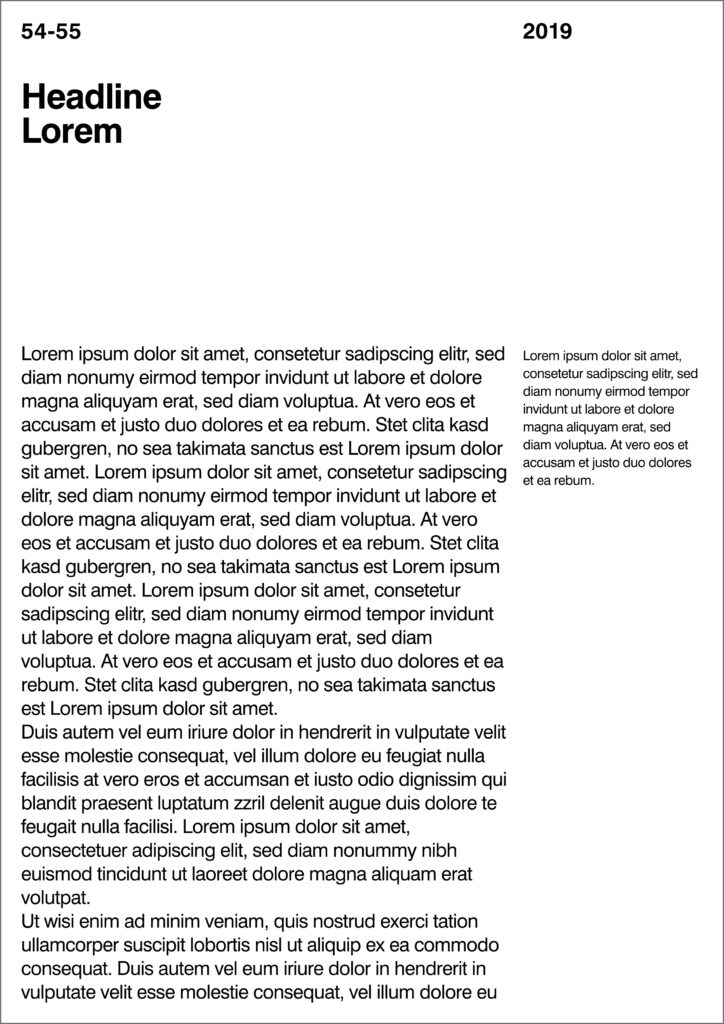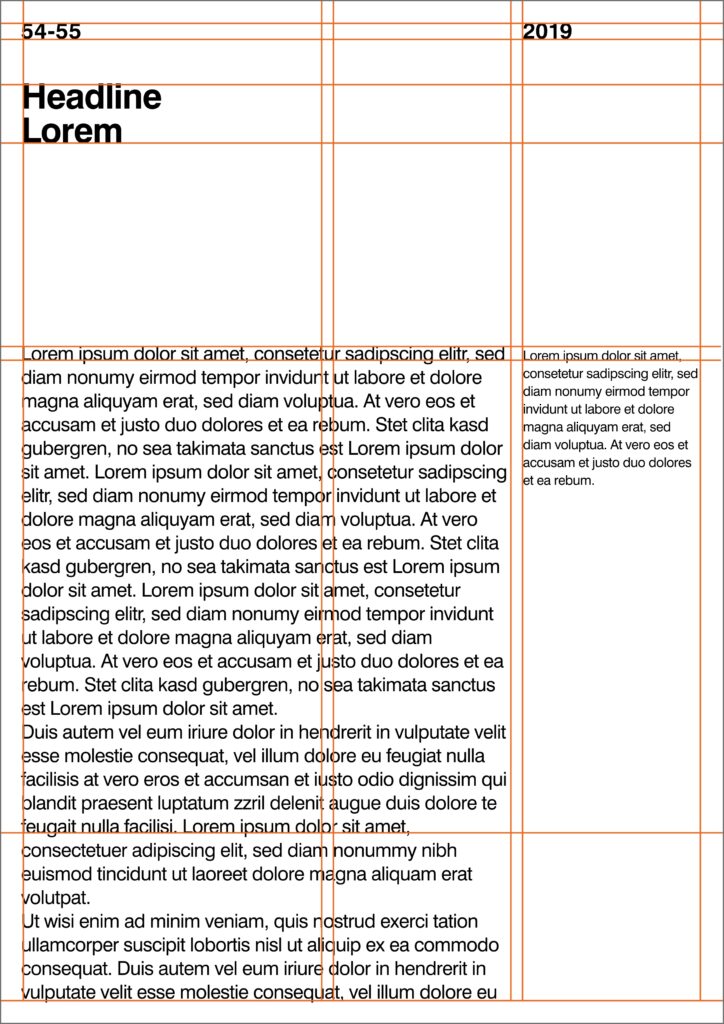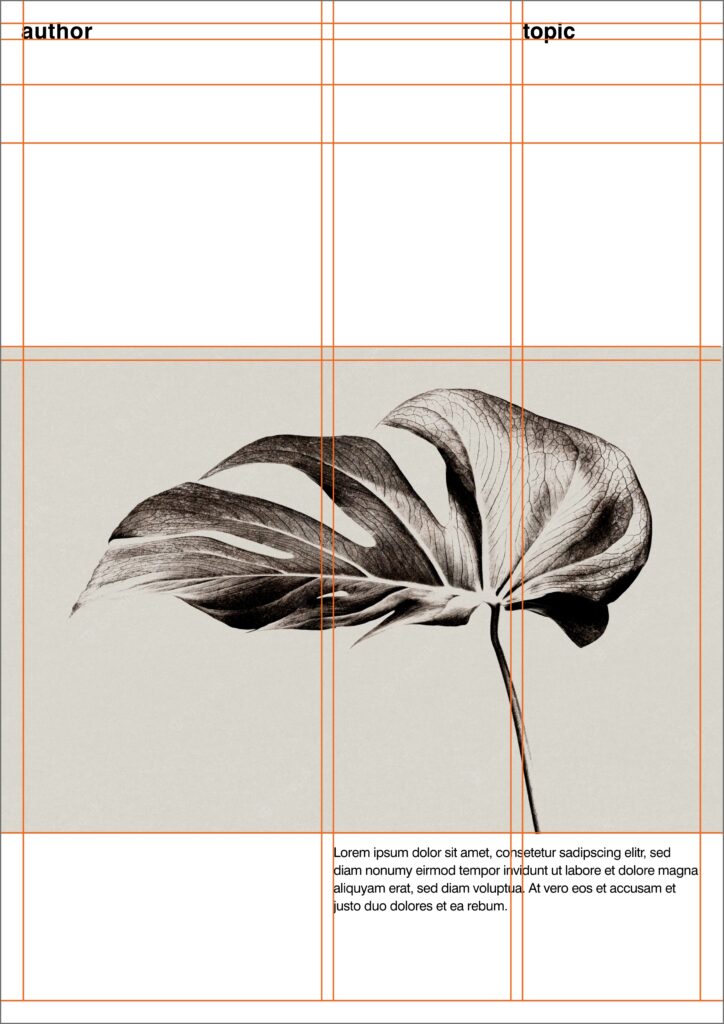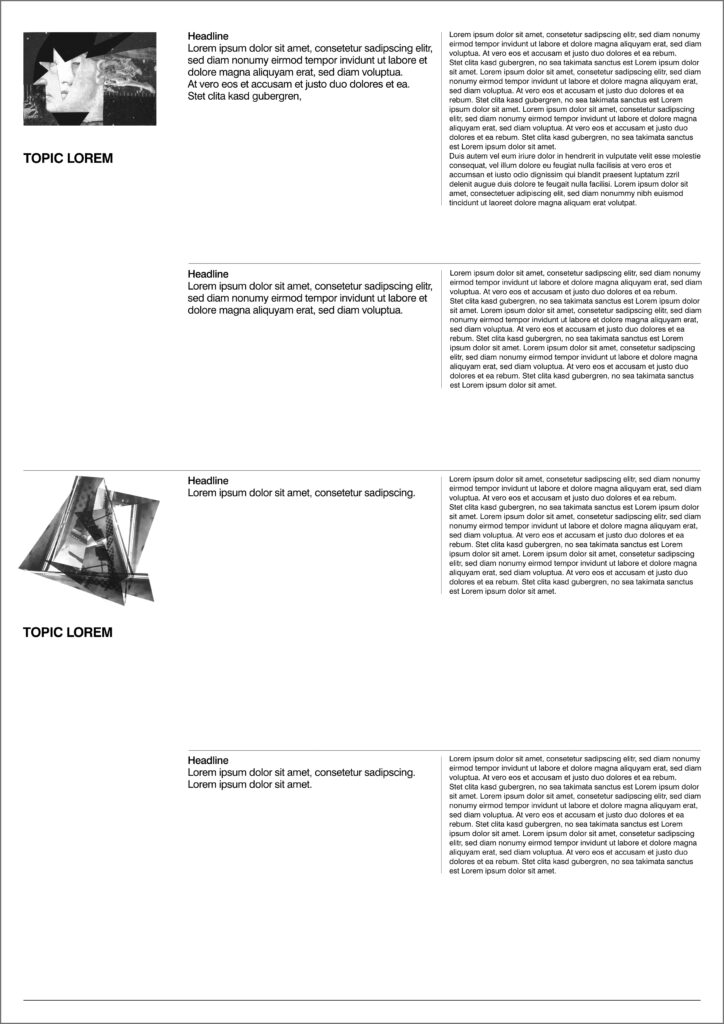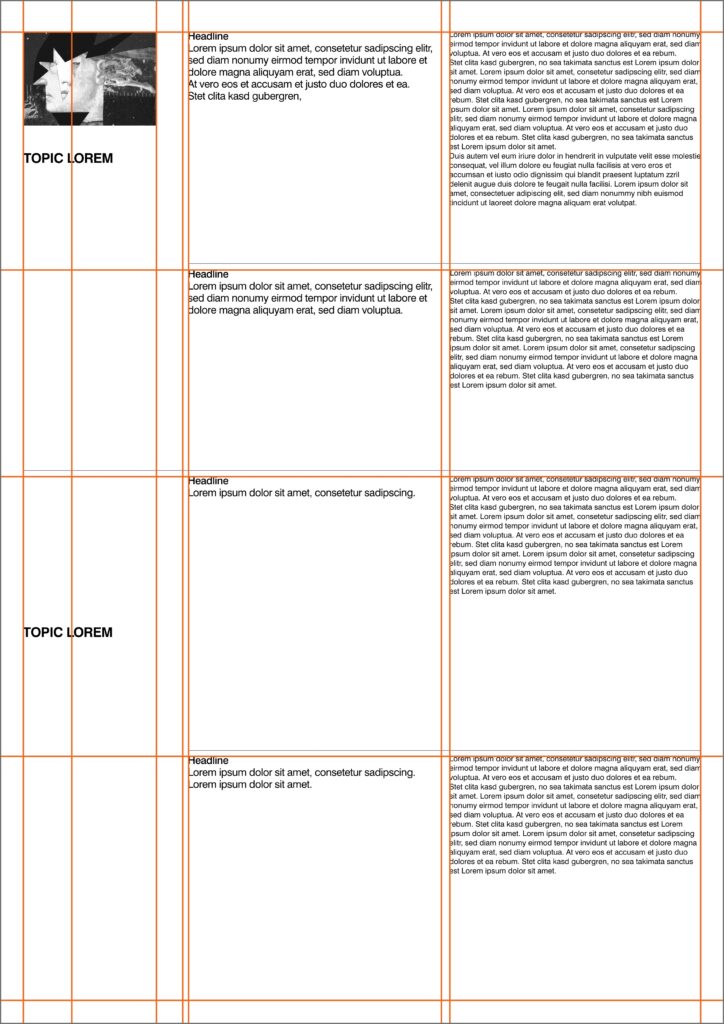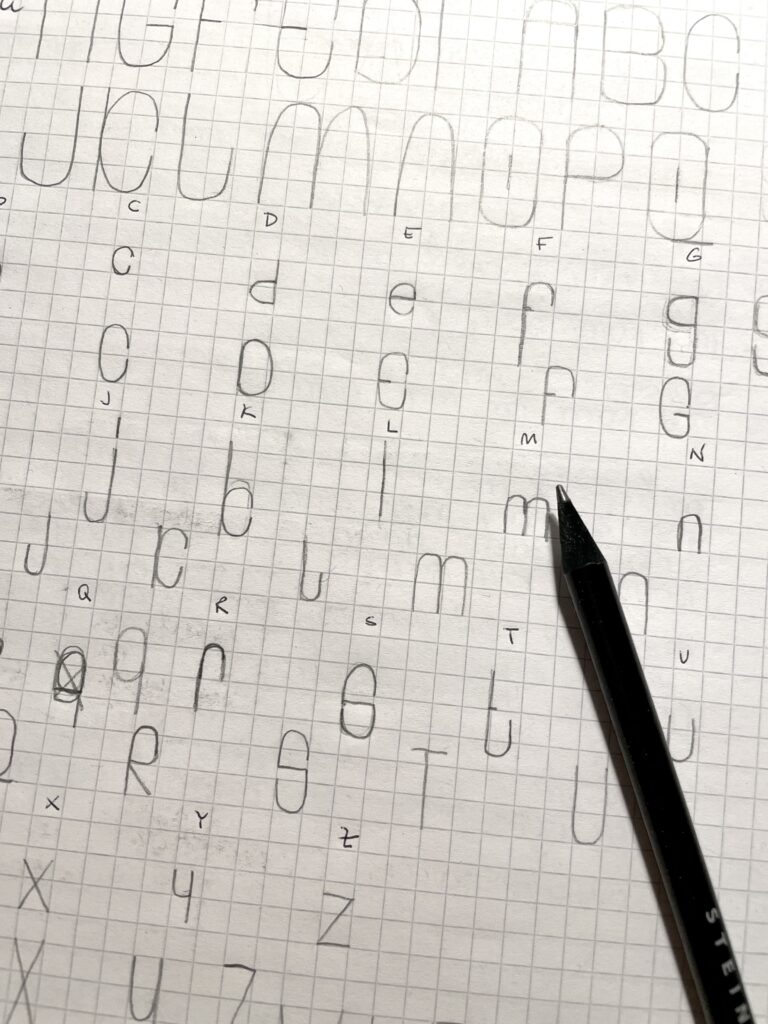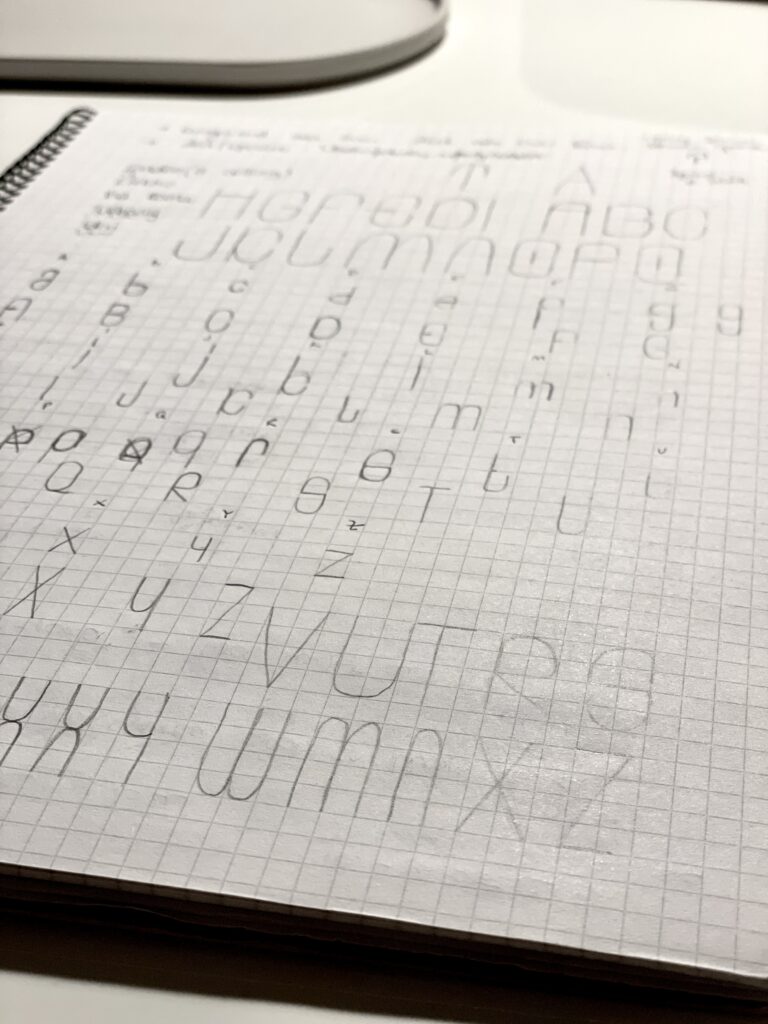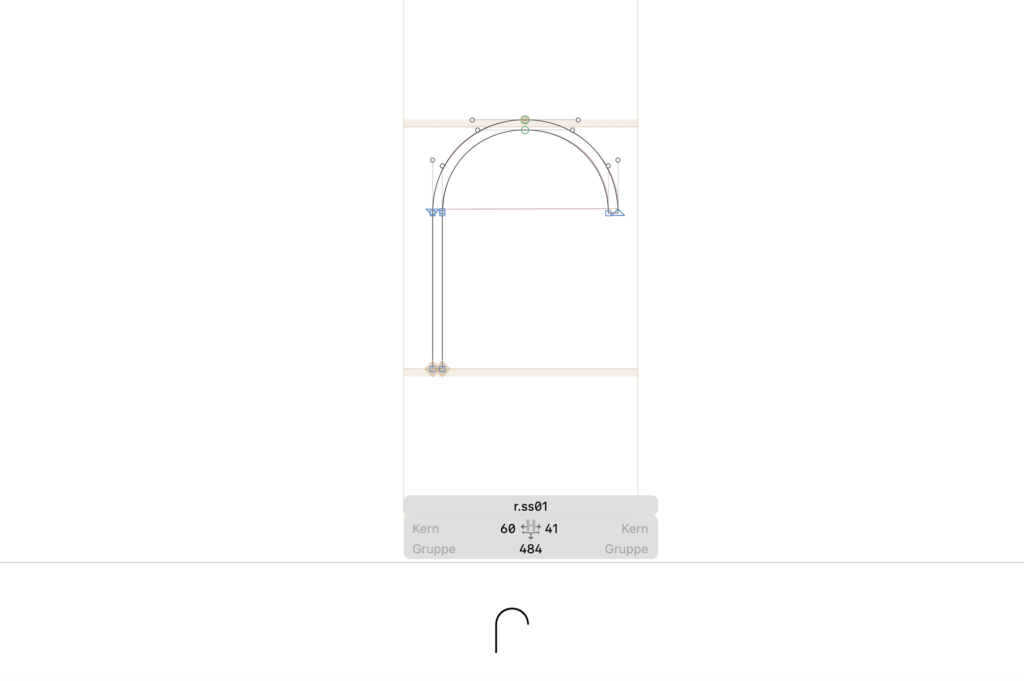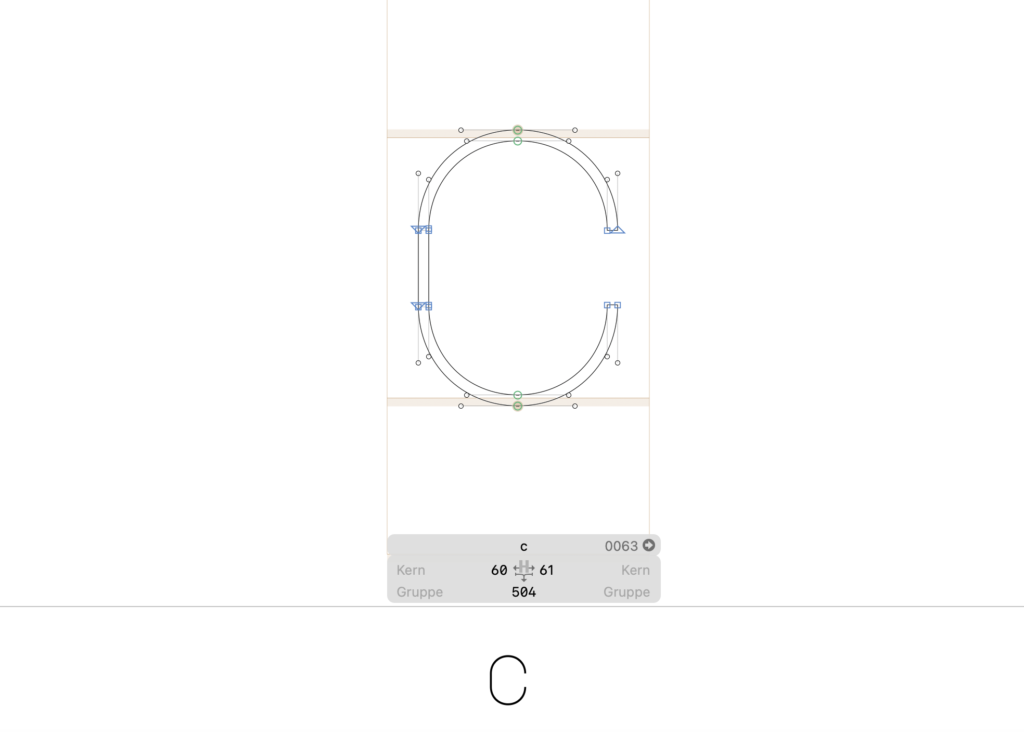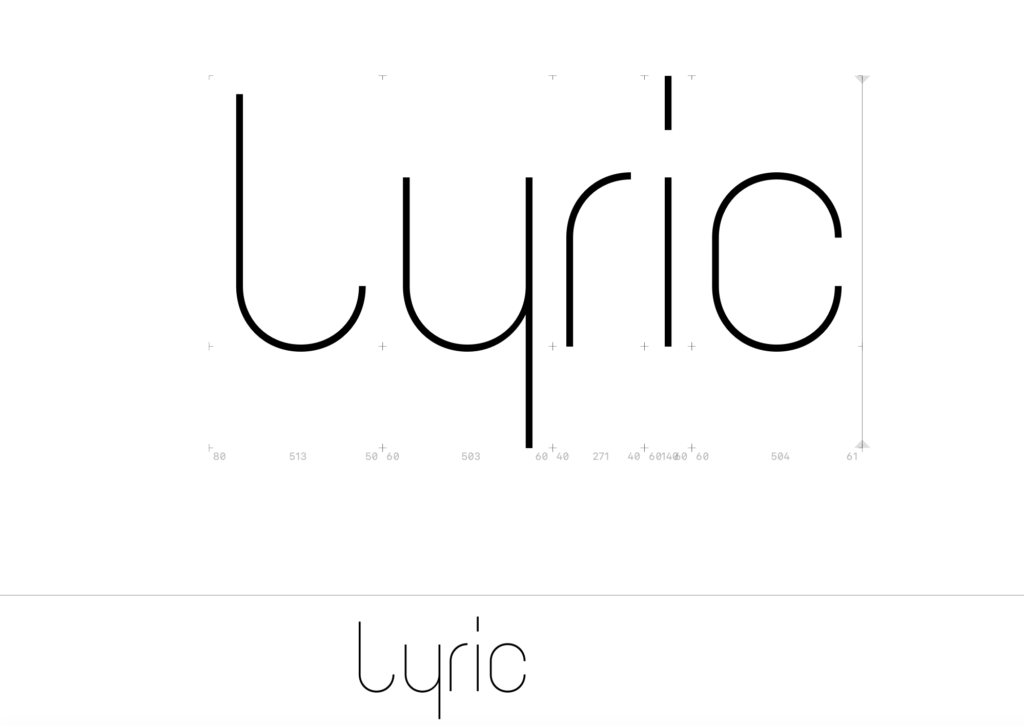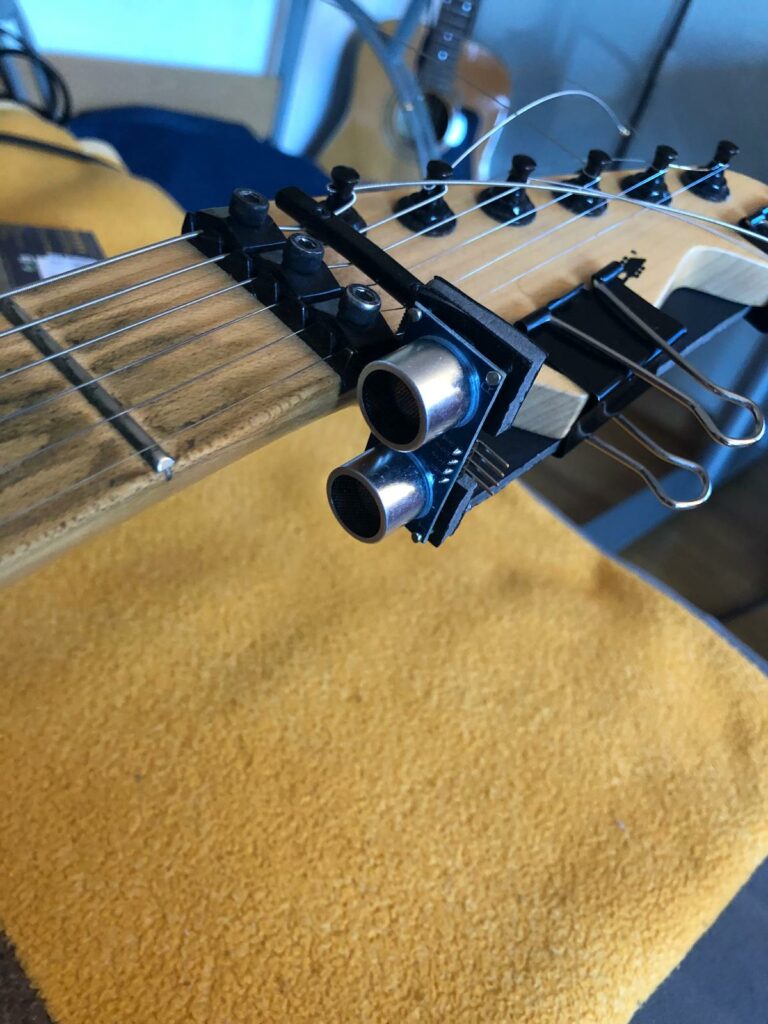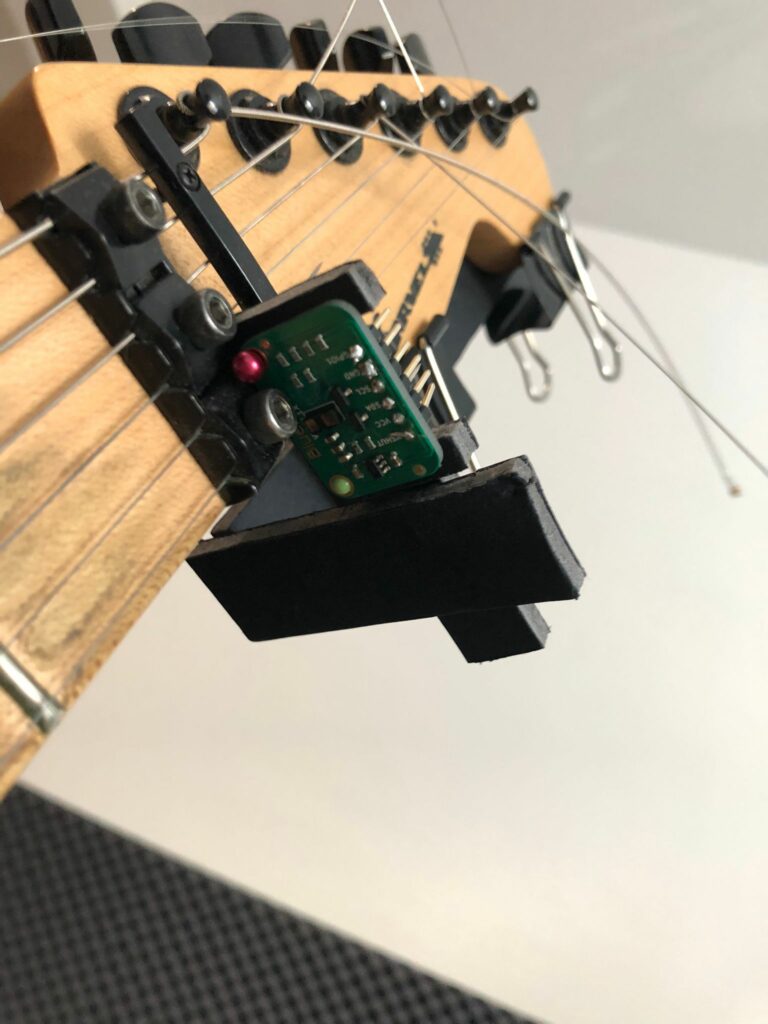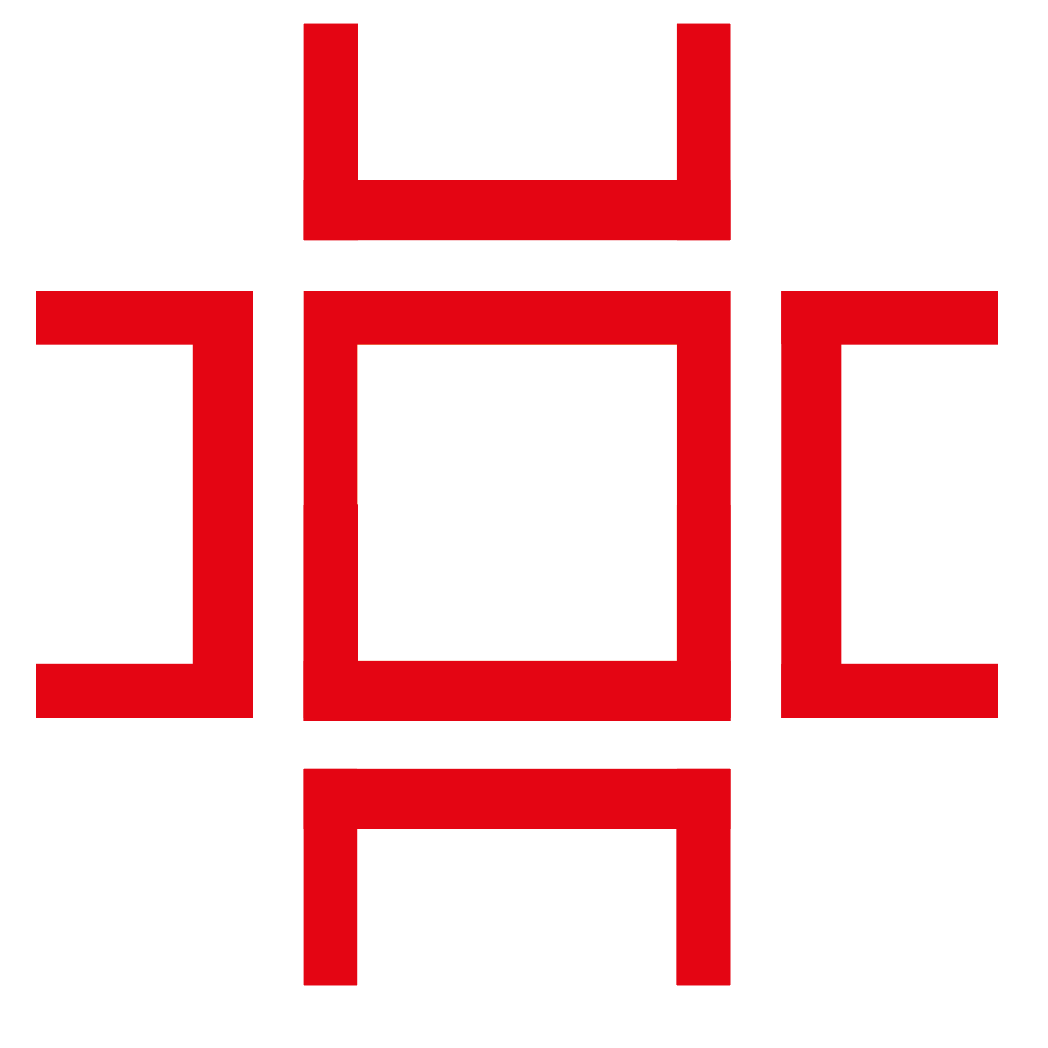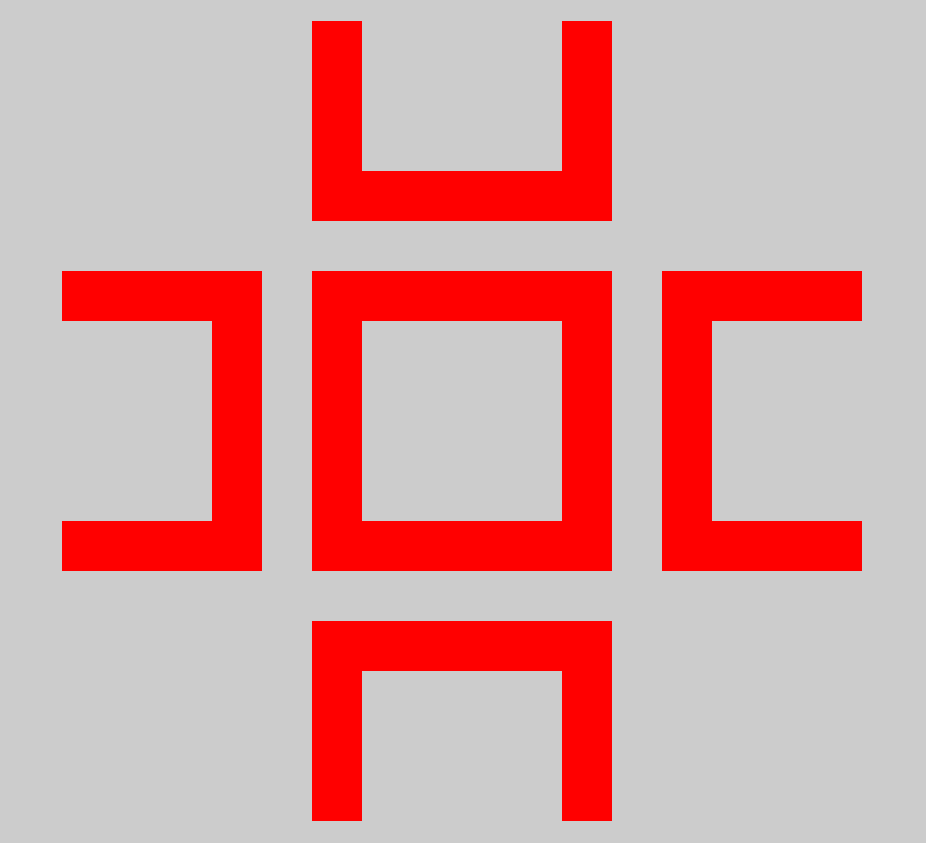In the course of my visit to Spain during the Easter holidays, I had the opportunity to have a short interview with one of the heads of the cardiology department of the Salamanca general hospital.
After listening to what the doctor told me, 3 things were clear to me:
- The time spent on correcting minor technical errors or sharing information between specialists should be reduced to the maximum in order to be able to use it in dealing directly with patients.
- Advances in technology are very effective, but we cannot forget that the main customers of health systems are the elderly people, and this is going to be the tendency at least in the near future.
- Pedagogy is key in order to making patients stop seeing the hospital as a hostile environment. Time and tools are needed to provide this inclusion prior to treatment and, if possible, the availability of real people for those who do not feel so comfortable with virtual assistants.
Here is the full interview.
*This interview has been the first instance recorded in Spanish and afterward translated and transcripted to this document.
_________________________________________________________________
Me: Hello! Thank you for taking some time for me, I know you have probably a very packed day.
C: Yes, indeed. But no problem at all, thank you for coming.
Me: My pleasure. Just a little information before we jump into the interview itself: This interview is for educational use. I want my master’s thesis to be related to healthcare, more specifically speaking I want to find out what are the design challenges healthcare is facing right now. Since healthcare is just a big umbrella that brings together many different disciplines, I have decided to delve into radiology. I think it is a field where many different types of software and hardware are used, and also there is an ongoing relationship with other specialists and patients if I am not mistaken. All of this makes the field very attractive for a designer, and that’s why I’m here.
The information will be shared in a blog that students and teachers from my department can access as well as will be used to shape the final version of my master thesis. Only if you consent, I’ll use some of the comments made during this session as quotes within the master thesis, only then, by using the proper form of citation. And here ends the bureaucracy.
C: hahaha! No problem, of course, you can use the information for your master thesis and I’ll be happy to be quoted within it. So go ahead!
Me: Thank you so much. Let’s start then.
Me: How long have you been working here?
C: 15 years already!
Me: That is time enough to gather many different experiences. Tell me a bit about your daily routine. How many patients do you see on a normal day?
C: 15 to 30. Depending on the pathologies. Sometimes I meet on the same day with patients who are going through similar pathologies because it is easier for me to do a bit of pedagogy with them and also to easily access the repositories. There is a huge archive where all heart diseases are collected, and they are labeled in alphabetical order by the name of the pathology. Therefore, I spend less time looking for a specific record if I move around the same area all the time. But of course, I always give priority to urgent issues, and you never know when a new one is going to show up during your day.
Me: Besides meeting your patients, do you have other important meetings that you have to attend in your day?
C: Other cardiologists. Residents. Specialists from many different fields, like, for example, radiologists. We compare diagnoses, we talk about further steps within a patient’s treatment… Nurses, and sometimes administrative staff.
Me: Between all of those meetings, do you have time to take a break every now ad then?
C: Hmmm… I guess I do have breaks, but not really as many as I’d need. Sometimes I don’t have time to eat properly or I can’t take the time to clear my mind after giving bad news to a patient. Although we are used to dealing with bad scenarios and informing patients about them, in the end we are all human beings, so it is also a human need to have a space to digest that you “hurt” someone’s feelings before going on with your day.
Me: I understand. The breaks are not only to have a physical rest but also to recompose yourself psychologically.
Me: Is there something you think that will make you have more of that time you are seeking?
C: Hay muchas veces que las reuniones se podrían hacer más rápido. Algunos trámites administrativos podrían hacerse más rápido. La transferencia de datos de médico a médico para un diagnóstico posterior debería ser más rápida. Incluso hay ocasiones en las que tenemos que repetir procedimientos por falta de instrucciones dadas al paciente, o alguna pérdida de información. Son cosas que no deberían estar pasando en un gran hospital como este, porque si hay algo que buscamos, en realidad, todos buscan, es tiempo.
Me: Let’s go to the analysis of some of the devices and procedures that you daily use.
Me: What kind of devices do you use more often?
C: Cardiac ablation catheters, Cardiovascular angioplasty devices, Cardiac pacemakers, Implantable cardioverter defibrillators, Prosthetic (artificial) heart valves, Stents, Ventricular assist devices, “domestic” monitor devices, web and mobile applications or portals.
Me: Can we focus on the last ones? As I understand, patients can get more involved in those.
C: Definitely.
Me: Within the use of “domestic devices or those that patients take home, is the data collected sufficient to provide a complete diagnosis?
C: Yes and no. For many patients, it is enough because we only look for abnormalities. So we see them or we don’t. But answering your question, no. It is not enough to completely diagnose a pathology. If we find an abnormality through the monitor, we will have to perform further procedures to find the best way to proceed with that specific patient. And many of those procedures will need to be done inside the hospital.
Me: How many times do you need to repeat monitoring procedures? Average per year.
C: Around 15% of the whole amount of procedures.
Me: What do you think is the main cause?
C: Technical problems many times. But there are also times when patients don’t understand exactly what we need for them, so we have to explain again how to interact with the device, what they can do, what they can’t do, and redo the procedure.
Me: Is there a specific demographic group where the repetitions occur more often?
C: Elderly people. In reality, most cardiology patients are older people. Sometimes we have children or young people who have heart problems but… You know, we are in a very old society. And it is expected to be even greater in the coming years… Medicine has to see the elderly as its main client and adapt procedures to them. And that takes time. Exactly what we don’t have here.
Me: These elderly people, is there something they complain about when they are required to wear this device on them?
C: They feel insecure. They don’t see why they need this machine if I’m here. I’m the doctor, what a machine is going to the better than me? They have a lot of questions. Many don’t even understand the most basic things so… They feel uncomfortable, even though they have to wear the device for only one or two days.
Me: Do you think these people feel involved when dealing with these devices? Do they feel like an active part of the procedure or a secondary actor?
C: Honestly, I think they feel totally aside. They don’t know what is going on. They follow instructions. Everything is cold and aseptic. They don’t have a voice. But they do have a voice, but many times we don’t have the time to listen to them because we use all our available time discovering what is going on there.
Me: What do you think could be done in order to improve patient engagement and involvement?
C: Definitely avoid all of those technical errors that are grabbing our time for the face-to-face relationship with our patients and the pedagogy we could do with them. More time = more pedagogy = less repetition of procedures = more rate of success when finding the diseases in their early stages.
Me: What do you think has been already done to improve this?
C: Many of our applications and portals, as well as AIs, provide training to our patients previous to their procedures. We go back to the problem of getting the elderly people there. They rather speak with you than navigate an application looking for the information they need or listen to the instructions from a non-human character. This has been widely discussed among the medical staff, so the awareness is also a good point and I guess some steps will be done to address this.
Me: Thank you so much for your time. I think I have all I need. Do you maybe want to talk about something that I didn’t ask you that you would like to share with me?
C: I think I don’t have any further information I can share with you. I already talked too much! But if more questions come up to your mind, don’t hesitate in contacting me. Thank you for the interview!


